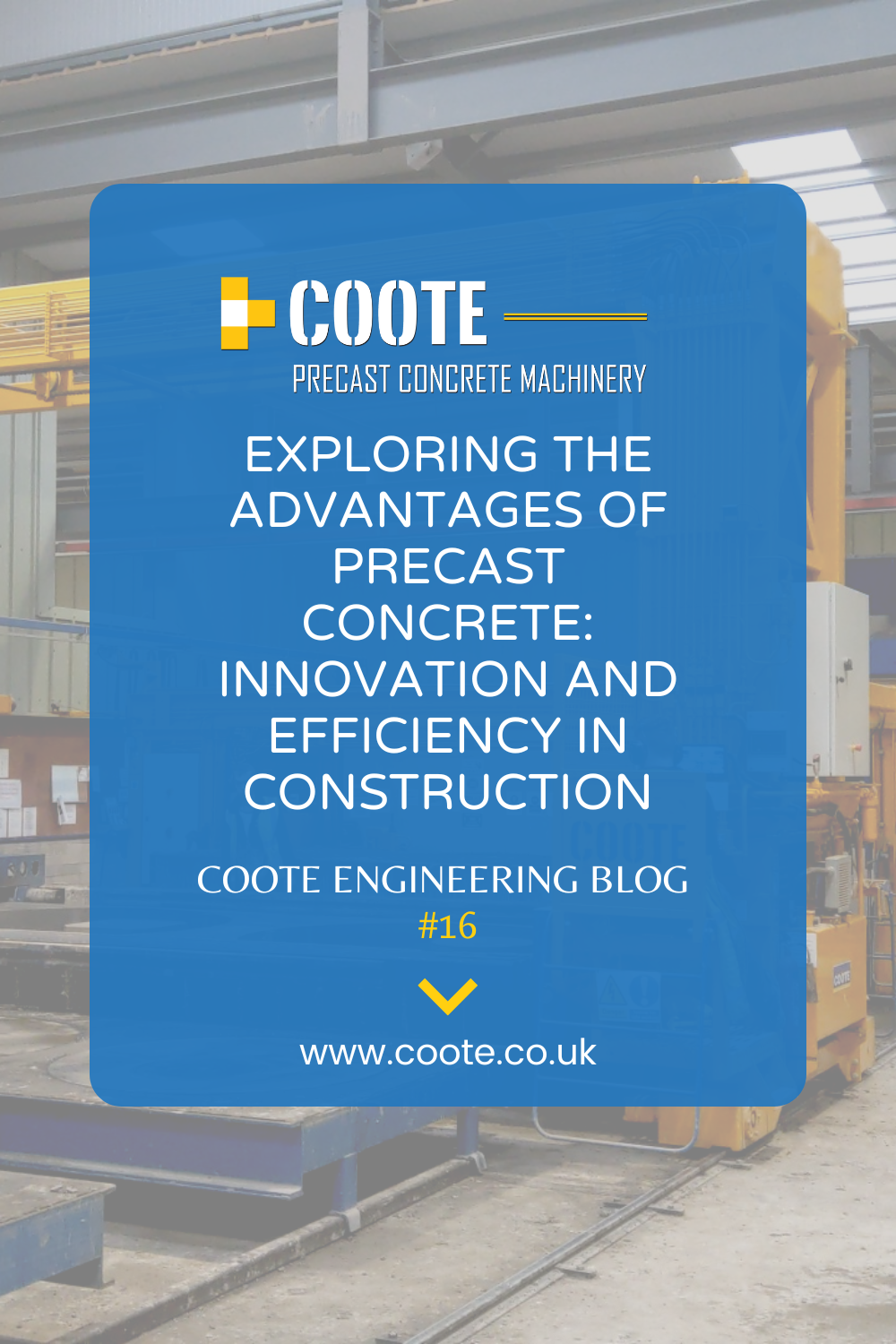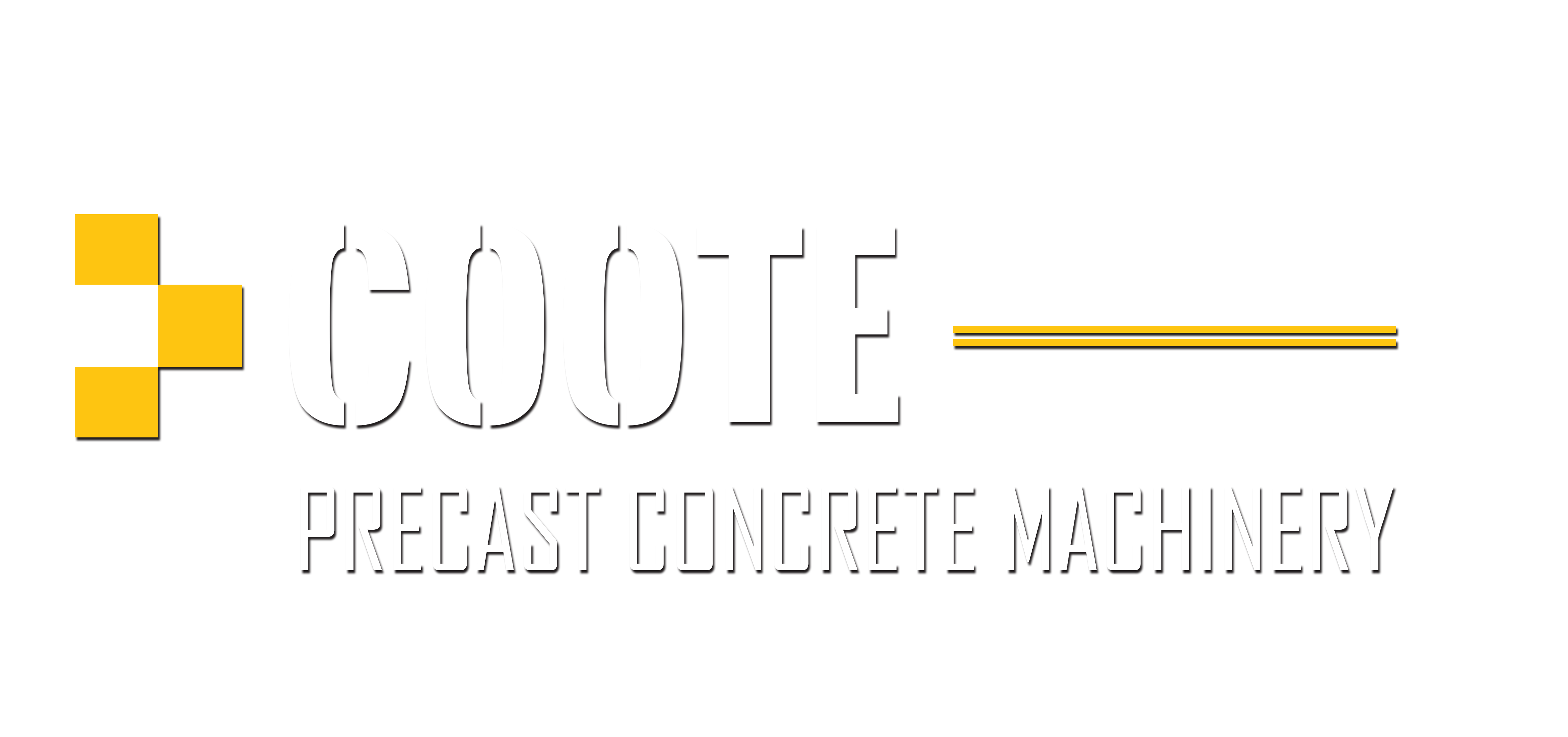Exploring the Advantages of Precast Concrete: Innovation and Efficiency in Construction
Posted On: July 11, 2023
Introduction
In the world of construction, innovative methods and materials constantly shape the way we build. Precast concrete is a prime example of a game-changing solution that offers numerous benefits to the construction industry. This blog post delves into the realm of precast concrete, highlighting its advantages, applications, and the impact it has had on modern construction practices.
What is Precast Concrete?
Precast concrete refers to concrete elements that are manufactured off-site in a controlled environment, rather than being poured and cured on-site. The process involves casting concrete into moulds or forms, allowing it to cure to achieve the desired strength. Once the precast components are ready, they are transported and assembled at the construction site.
Advantages of Precast Concrete
- Enhanced Quality and Durability
Precast concrete production takes place under strict quality control measures, ensuring consistent results and reliable performance. The controlled environment eliminates the uncertainties associated with on-site casting, such as variations in weather conditions or workmanship. Precast concrete’s durability and strength make it an ideal choice for a wide range of structures, including bridges, residential buildings, and commercial developments.
- Increased Efficiency and Cost Savings
By manufacturing precast concrete components off-site, construction projects benefit from increased efficiency and reduced labour costs. Simultaneous construction activities can take place on-site while the precast elements are being manufactured, leading to shorter project timelines. Additionally, the standardised production process minimises waste, optimises material usage, and lowers overall construction costs.
- Design Flexibility
Precast concrete offers architects and designers a high level of flexibility in terms of shape, texture, and finish. The moulds used in the precast process can be bespoke to create intricate designs, enabling unique architectural features that may be challenging to achieve with traditional on-site casting. This versatility opens opportunities for creative and aesthetically appealing structures.
- Improved Sustainability
Precast concrete contributes to sustainable construction practices in several ways. Firstly, the manufacturing process reduces the environmental impact by limiting the use of water and energy compared to on-site casting. Secondly, the ability to reuse precast components in different structures reduces waste generation. Finally, precast concrete’s thermal mass properties can help regulate indoor temperatures, reducing energy consumption for heating and cooling.
Applications of Precast Concrete
- Structural Components
Precast concrete finds extensive use in the construction of structural elements such as beams, columns, walls, and slabs. These components can be manufactured with high precision, ensuring consistency and reliability in load-bearing capacities.
- Architectural Cladding
The versatility of precast concrete allows it to be used as architectural cladding, providing an attractive and durable exterior finish. The range of finishes and textures available, including exposed aggregate, polished, or textured surfaces, offers architects and designers endless possibilities to enhance the visual appeal of a building.
- Transportation Infrastructure
Precast concrete has revolutionised the construction of transportation infrastructure, including bridges, tunnels, and railway systems. The ability to manufacture large and complex components off-site reduces disruption to traffic and minimises construction time, making it an ideal choice for infrastructure projects.
Conclusion
Precast concrete has emerged as a significant innovation in the construction industry, offering a range of advantages in terms of quality, efficiency, design flexibility, and sustainability. Its ability to streamline construction processes, reduce costs, and enhance durability has made it a popular choice for a wide variety of structures. As the construction sector continues to evolve, precast concrete will undoubtedly play a pivotal role in shaping the future of modern construction practices.


 +44 (0)28 8556 8123
+44 (0)28 8556 8123
 office@coote.co.uk
office@coote.co.uk